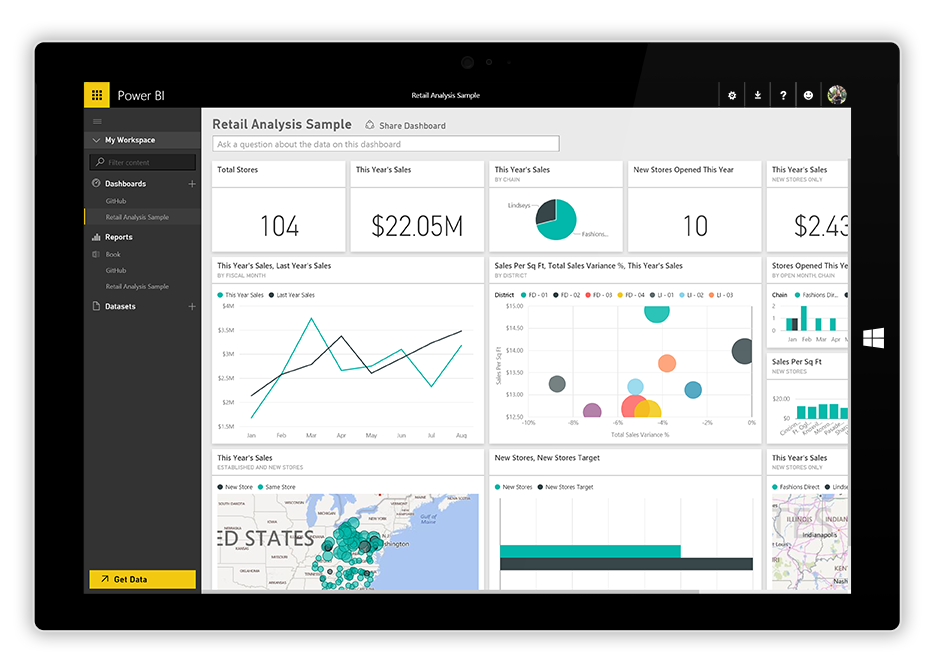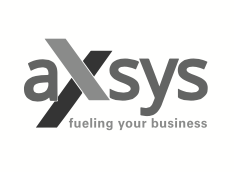You have optimized your processes and resources through an ERP, CRM or your e-commerce website or other specific software. And you have lots and lots of data.
Of course you need reporting, but you need data extracted from an ERP and CRM and website.
So you need to integrate all this data and transform it into valuable information to you, easy to see, understand and allowing to quickly act in real-time.
Business Analytics
Data Integration and Management
Through data integration transforms the value of your data—arguably now your most critical asset—faster, more effectively, in more situations, and for more needs, than you could before.
Data integration is the process of combining data from many different sources into a single data source. You need to deliver the right data in the right format at the right time frame to fuel great analytics and business processes.
A data integration project usually involves the following steps:
Accessing data from all its sources, whether those are on premises or in the cloud or some combination of both.
Integrating data, so that records from one data source map to records in another. This type of data preparation is essential for analytics to be able to use the data.
Delivering integrated data to the business exactly when the business needs it, whether it is in batch or real time
Data warehousing - ETL including multi-source complex transformation
ETL (Extract, Transform and Load) is a process in data warehousing responsible for pulling data out of the source systems and placing it into a data warehouse. ETL involves the following tasks:
Extract data from the external data sources such as line-of-business systems, CRM systems, relational databases, web services, and SharePoint lists.
Transform the data. This includes cleansing the data and converting it to an OLAP-friendly data model. The OLAP-friendly data model traditionally consists of dimension and fact tables in a star or snowflake schema.
Load the data so that it can be quickly accessed by querying tools such as reports.
Data filtering and cleansing automated processing
Data cleaning deals with detecting and removing errors and inconsistencies from data in order to improve the quality of data. The sources often contain redundant data in different representations. In order to provide access to accurate and consistent data, consolidation of different data representations and elimination of duplicate information become necessary.
Data Analytics
Data Analytics includes processing data, whether from a single or multiple sources, using statistical and mathematical tools in order to generate insights. You could use data analytics tool to recognize trends within your organization’s operational records (for example – finding correlations between certain marketing campaigns and increased sales).
Mobile Business Analytics Solutions
A large number of companies are rapidly undertaking mobile BI owing to a large number of market pressures such as the need for higher efficiency in business processes, improvement in employee productivity (e.g., time spent looking for information), better and faster decision making, better customer service, and delivery of real-time bi-directional data access to make decisions anytime and anywhere.
Mobile users will view their personalized dashboards and reports anywhere and interact with company data easily in a touch-optimized experience.
Cloud-based Business Intelligence Solutions
With Azure Analysis Services in the cloud you can easily build robust, reusable models over your data to provide consistency across reporting and analysis in your organization.
With Azure services and Power BI, you can turn your data processing efforts into analytics and reports that provide real-time insights into your business. Whether your data processing is cloud-based or on-premises, straightforward or complex, single-sourced or massively scaled, warehoused or real-time, Azure and Power BI have the built-in connectivity and integration to bring your business intelligence efforts to life.
Business Analytics Dashboards
Dashboards summarize the most important KPIs, monitoring the health of your business by using live dashboards.
Why create dashboards?
to see, in one glance, all the information needed to make decisions
to monitor the most-important information about the business
to ensure all colleagues are on the same page, viewing and using the same information
to create a personalized view of a larger dashboard – all the metrics that matter to each user









